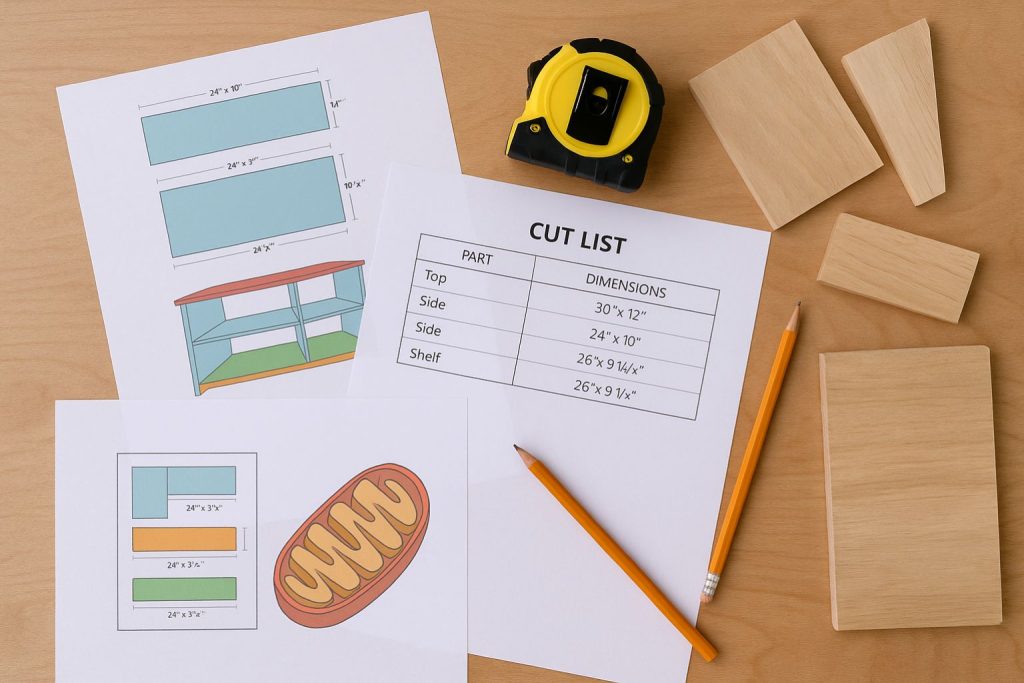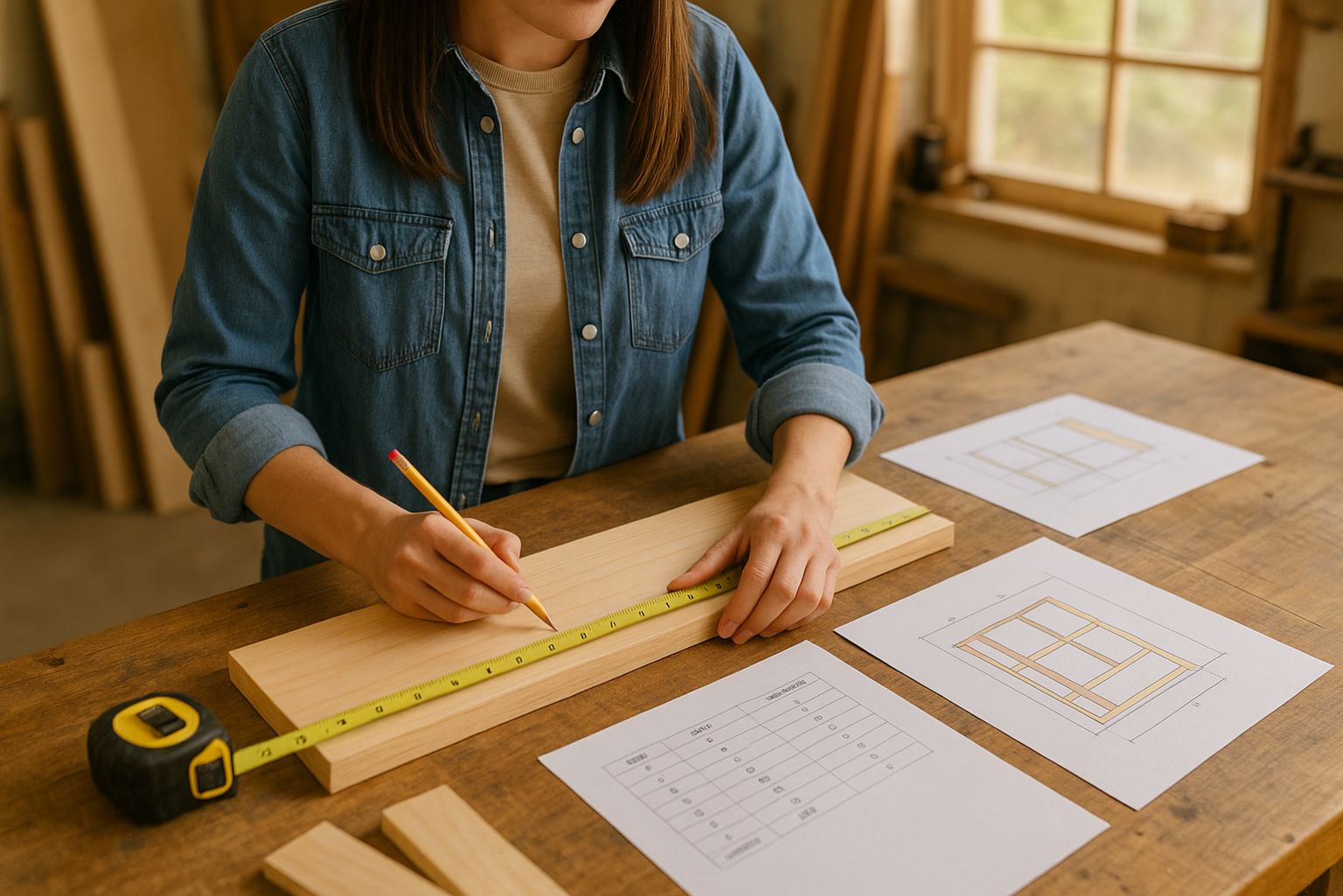Woodworking Without the Guesswork: How Complete Plans Save Time, Money, and Mistakes
If you’ve ever tried to build a project and ended up short on lumber, missing steps, or confused by vague diagrams, you’re not alone. Most free plans and magazine snippets look good at first glance—but they often skip critical measurements, hide tricky joinery steps, or assume expensive tools the average garage shop doesn’t have.
That’s why many hobbyists quietly switch from random internet plans to structured, step-by-step blueprints with cut lists, materials lists, and multi-angle diagrams. One popular library people use is TedsWoodworking (16,000+ plans)—a lifetime collection of projects with printable drawings and monthly updates. If you’ve felt stuck or wasteful with wood, this kind of resource can make the difference between “I’ll try…” and “I finished!”
The Real Problems DIY Woodworkers Run Into
Vague or incomplete steps → You’re told to “attach the top,” but not how (fasteners, spacing, alignment, clamping strategy).
Missing measurements → A single missing dimension throws off the whole build.
Tool assumptions → Plans expect a cabinet saw, planer, and specialty jigs you may not own.
No cut list → You overbuy (or underbuy) lumber and waste time making extra trips.
No multi-angle views → Joints that look simple in 2D collapse when you try to assemble them.
These gaps lead to wasted boards, blown budgets, and half-finished projects. The fix isn’t “more talent”—it’s better instructions.
Why Complete Plans Change Everything

A solid plan should function like a coach at your bench:
A-to-Z steps that don’t skip the “hard parts.”
Exact cut lists & materials so you buy precisely what you need.
Exploded diagrams & multi-angle views to visualize tricky joinery.
Skill-level options (beginner to advanced) so you can pick the right project today.
Shop-friendly builds that work with common tools (circular saw + drill + sander).
When you have that, projects go from guesswork to repeatable systems.
Common Woodworking Goals (and the Plan Features That Help)
1) Build Useful Furniture on a Budget
Look for dimensioned drawings and cut optimization notes to minimize waste.
Prefer plans that include fastener types and hardware lists—no last-minute runs.
2) Learn Joinery Without Expensive Machines
Choose projects specifying hand-tool or basic power-tool alternatives (e.g., dowels instead of mortise-and-tenon).
Multi-view diagrams help you see shoulder lines, grain direction, and glue surfaces.
3) Finish Projects Faster (Weekend Builds)
Seek time estimates, sub-assemblies, and clamping sequences.
A good plan groups steps by dry-fit → glue-up → finishing, so you stay organized.
4) Sellable Crafts and Gifts
Favor plans with repeatable jigs and batch-friendly layouts so you can produce multiples efficiently.
A Practical Way to Avoid Beginner Pitfalls
If you’re just getting started, pick one project with:
Clear skill tags (Beginner / Intermediate).
A cut list using common thicknesses (¾» plywood or S4S boards).
Simple joinery (screws + glue, pocket holes, dowels).
Finish guidance (sanding grits, stain/varnish sequence).
Libraries like TedsWoodworking include thousands of these “quick wins” plus advanced builds for when you’re ready.
What’s Inside a Large Plan Library (In Plain English)
16,000+ projects spanning furniture, outdoor, shop fixtures, toys, storage, garden builds, and more.
Monthly new plans (lifetime access), so you’ve always got fresh ideas.
Cut lists, materials, and hardware to the last fastener.
Detailed schematics & multiple views—you see the joints before you cut.
Beginner-friendly paths and challenging statement pieces when you level up.
Extras like CAD/DWG viewers, tutorial videos, and small-shop builds.
Tips to Stretch Your Lumber Budget
Mill sequence matters: break down sheet goods first, then crosscut parts to rough length, then rip to final width—reduces tear-out and scrap.
Grain match visible faces (drawer fronts, table aprons) for a high-end look with common materials.
Buy for batches: if you’ll build two end tables later, buy enough boards now from the same lot for color consistency.
Label everything (blue tape + pencil): part name, final size, and orientation arrow.
Video Corner: Plans, Cut Lists, and Tool Priorities
🎥 Recommended watch to pair with your first build:
“Reading Build Plans and Making Cut Lists” — practical overview of interpreting plans and turning them into actionable cuts.
Watch here: https://www.youtube.com/watch?v=9Th4w6Avk4YPrefer to kit out your shop first? Try “First 13 Tools Every Beginner Woodworker Should Buy” for a realistic buying order:
https://www.youtube.com/watch?v=boQaig2rs9I
Use either video to complement your first project so you’re not learning cuts and joinery in the dark.
Mini-Starter List: Great First Builds
Shop projects: crosscut sled, clamp rack, drill-bit caddy, sanding station.
Home pieces: floating shelves, coffee table, shoe bench, planter box.
Gifts & sellables: cutting boards, keepsake boxes, step stools, serving trays.
Pick one that matches your toolset today; add tools only when a project requires them.
A Note on Safety (Because It Matters)
Keep blades and bits sharp—they’re safer and cleaner.
Use push sticks and clamps to keep hands clear.
Dry-fit assemblies before glue—confirm square with a reliable combo square or diagonal measurements.
Wear eye, ear, and dust protection; vacuum or sweep between steps.
Testimonial Snapshot (What Beginners Usually Report)
“With a real cut list and parts diagram, I finally stopped mis-cutting panels. My first coffee table came out square, and the finish schedule actually worked.”
“I don’t have a big shop—just a circular saw, drill, sander—and I still finished a bench in a weekend because the plan had beginner-friendly joinery.”
Final Thoughts (and a Low-Risk Way to Start)
You don’t need a cabinet-grade shop to build projects you’re proud of—you need clarity: precise measurements, realistic tool options, and diagrams that remove the guesswork. That’s what complete plan sets provide.
If you want a single place to pull beginner to advanced projects—with cut lists, schematics, and monthly new plans—TedsWoodworking is a popular option many hobbyists keep bookmarked. It’s a one-time membership with a 60-day money-back guarantee, so you can try a project or two and decide if it fits your workflow.
Build smarter, waste less wood, and enjoy the process—all the way to the final coat of finish.





